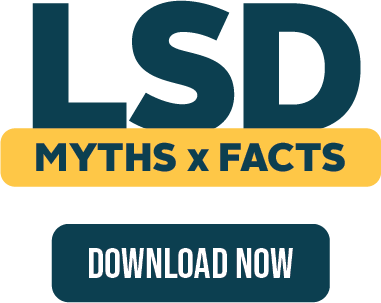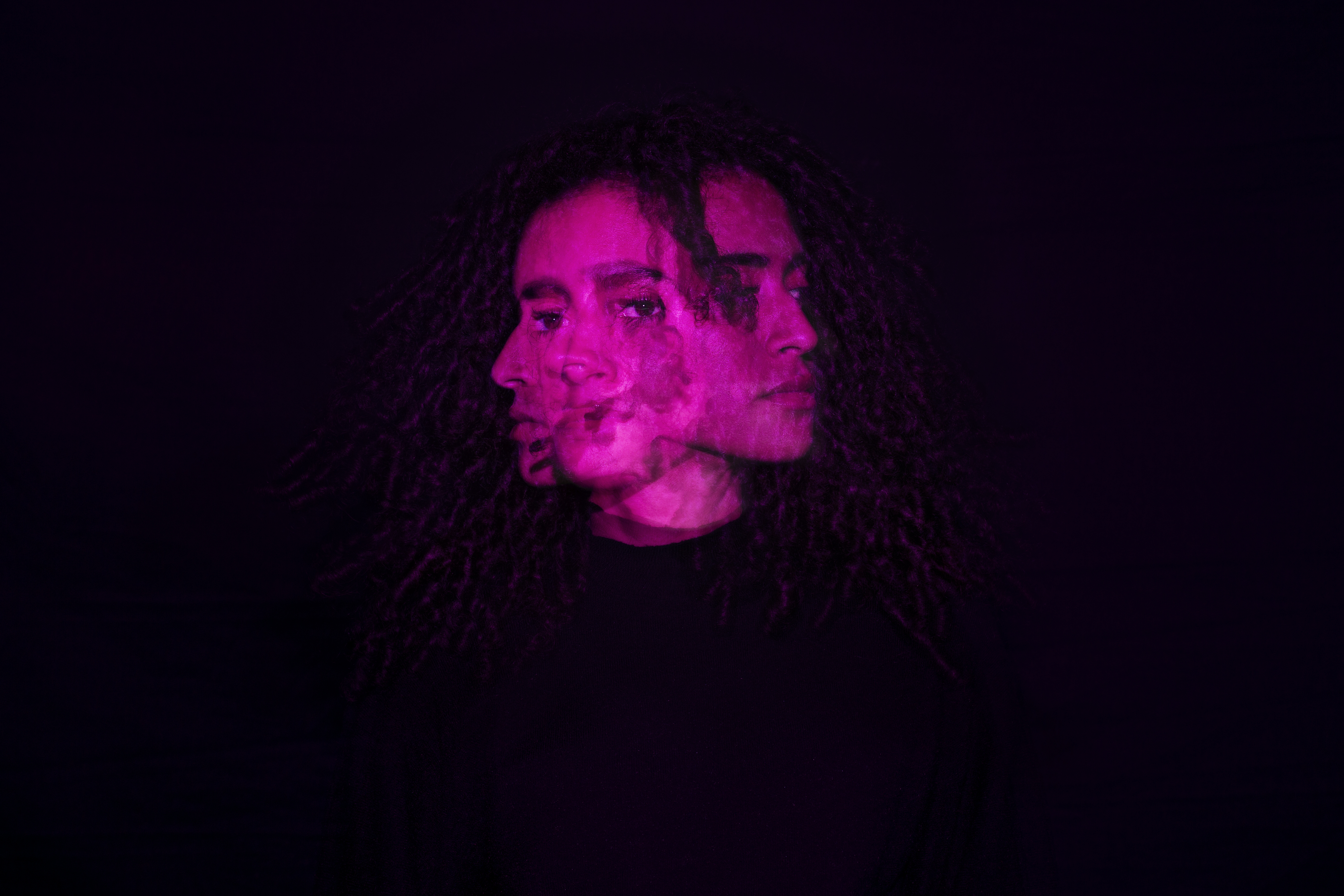Unraveling the Myths and Facts of LSD in Mental Health Research
.png)
Take a moment to delve into the mesmerizing history of LSD, a hallucinogenic substance that has captivated the imagination and sparked controversy since its creation. Synthesized by a Swiss scientist in the 1930s, LSD, or lysergic acid diethylamide, initially emerged as a psychiatric tool used in therapy. However, it soon transcended its therapeutic origins, becoming an emblem of the counterculture movement in the 1960s. Its journey can be best described through the lyrics of the Grateful Dead: "Sometimes the light's all shinin' on me. Other times I can barely see. Lately, it occurs to me, What a long, strange trip it's been."
At first, LSD's therapeutic potential showed promise in treating various mental health conditions, offering a new dimension to psychotherapy. Unfortunately, due to concerns surrounding its potential for abuse and the lack of understanding at the time, LSD was classified as an illegal substance in 1968. This abrupt decision not only halted its recreational use but also impeded further research into harnessing its potential for mental health improvements.

MYTH - LSD kills brain cells
FACT - There have been several neuroimaging studies conducted with LSD that show an increase in brain activity, and there has been no evidence in modern or legacy studies to suggest that LSD is causing damage to the brain. There is evidence to suggest that LSD increases connectedness among brain structures, which may foster new insights or perspectives.

MYTH - LSD damages your DNA
FACT - These myths originated in the late 1960s and early 1970s and were likely a product of political backlash at the time. Modern studies have found no alterations in DNA as a result of LSD use.

MYTH - LSD is not natural like magic mushrooms.
FACT - LSD is a chemical derived from ergotamine, a molecule found in ergot, a fungus that infects grain. In research involving psilocybin, participants are not actually given “magic mushrooms,” but are instead given synthetic psilocybin capsules.

MYTH - Every LSD experience is the same
FACT - LSD experiences are highly dependent on dose, set (mindset of the person), and setting (location). Each LSD experience will be unique to the individual.

MYTH - LSD never leaves the body
FACT - LSD is not permanently stored in the body, nor is it stored in spinal fluid. As it is not stored in the body, LSD cannot be spontaneously released at any time, causing a surprise trip. LSD reaches its highest blood concentrations between 2-3 hours after ingestion and is metabolized and passes through the body completely, and relatively quickly.
In recent years, the tide has started to turn. In 2008, the exploration of LSD in clinical research gained momentum, igniting a renaissance of scientific interest in its therapeutic applications. Researchers have embarked on groundbreaking studies to examine the effects of LSD on mental health disorders, aiming to improve treatment outcomes and enhance the lives of individuals affected by these conditions.
One area where LSD is showing promise is in the treatment of anxiety disorders. Clinical trials have demonstrated that under controlled conditions and with professional guidance, LSD-assisted psychotherapy may alleviate symptoms of anxiety and provide individuals with a new perspective on their condition. The profound and transformative experiences induced by LSD have the potential to promote personal growth, reduce fear and anxiety, and help patients navigate their inner landscape with enhanced clarity and understanding.
Moreover, ongoing research is exploring LSD's impact on other mental health conditions such as depression, post-traumatic stress disorder (PTSD), addiction, and existential distress. Preliminary findings have sparked hope, suggesting that LSD-assisted therapy could play a transformative role in these areas as well. By addressing the root causes and facilitating introspection, LSD has the potential to unlock new avenues for healing and personal growth.
It is crucial to emphasize that when considering LSD-assisted therapy, one must seek out experts in psychedelics research and choose reputable facilities. One such example is Segal Trials, located in South Florida, as one of the first private research facilities in Florida to offer LSD in psychedelic research. Equipped with state-of-the-art technology and staffed by passionate experts in the field, they provide a safe and comfortable environment for participants in clinical research. Selecting a reputable facility ensures that individuals receive proper guidance, care, and supervision throughout their journey, maximizing the potential benefits while minimizing risks.
As the doors to mental health research widen, it is vital to shed light on the myths and facts surrounding LSD. Understanding its history, the ongoing research, and the importance of choosing a reputable facility will empower individuals seeking alternative approaches to mental health treatment. The psychedelic renaissance fueled by LSD research offers a glimmer of hope for those affected by anxiety, depression, and other mental health challenges. Through rigorous scientific exploration, we stand on the cusp of a transformative era, where LSD may illuminate new paths to healing and self-discovery.
For more FACTS about LSD in Psychedelics research for mental health treatment,
download the LSD MYTHS x FACTS here.
Join us as we explore psychedelics research for the improvement of mental health conditions. As the first private facility in the US to conduct psychedelics research.



